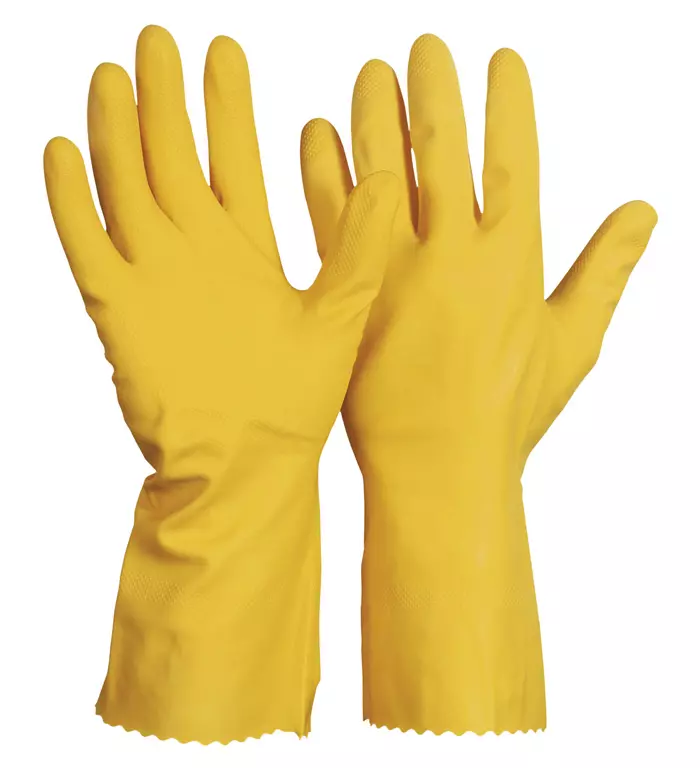
Features You'll Love

Cuff Style · Open
Determines how the glove secures around the wrist, affecting fit, protection from debris, and ease of putting gloves on and taking them off.
Richard Leipold
Solidstar Industrial and Household Gloves Natural Latex Length 30cm Yellow CE CAT 3, 144 pairs
Solidstar Industrial and Household Gloves Natural Latex Length 30cm Yellow CE CAT 3, 144 pairs
4.8 / 5
103,34 €
Price per 12 packages (144 pairs)
0,72 € / pair
Choose size
Free delivery
Features You'll Love

Cuff Style · Open
Determines how the glove secures around the wrist, affecting fit, protection from debris, and ease of putting gloves on and taking them off.
Product description
High-quality industrial quality made of natural rubber with cotton velour. Excellent feel and very tear-resistant. Additional protection against bacteria and fungi. Suitable for food contact. Color: yellow. Length: 30cm. Type B.